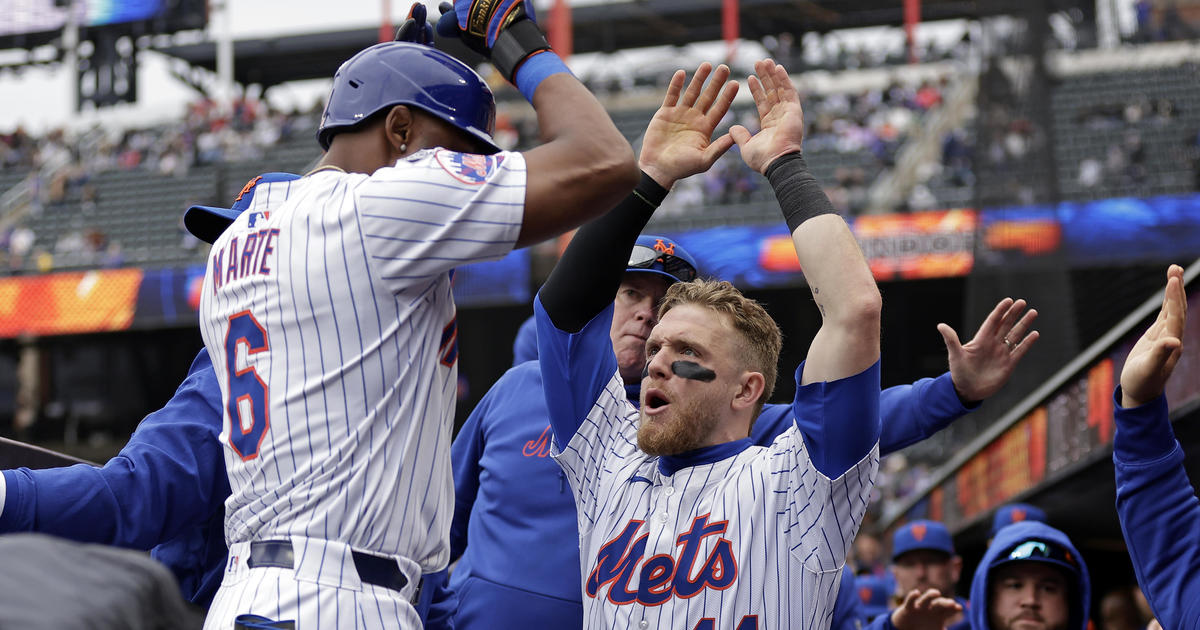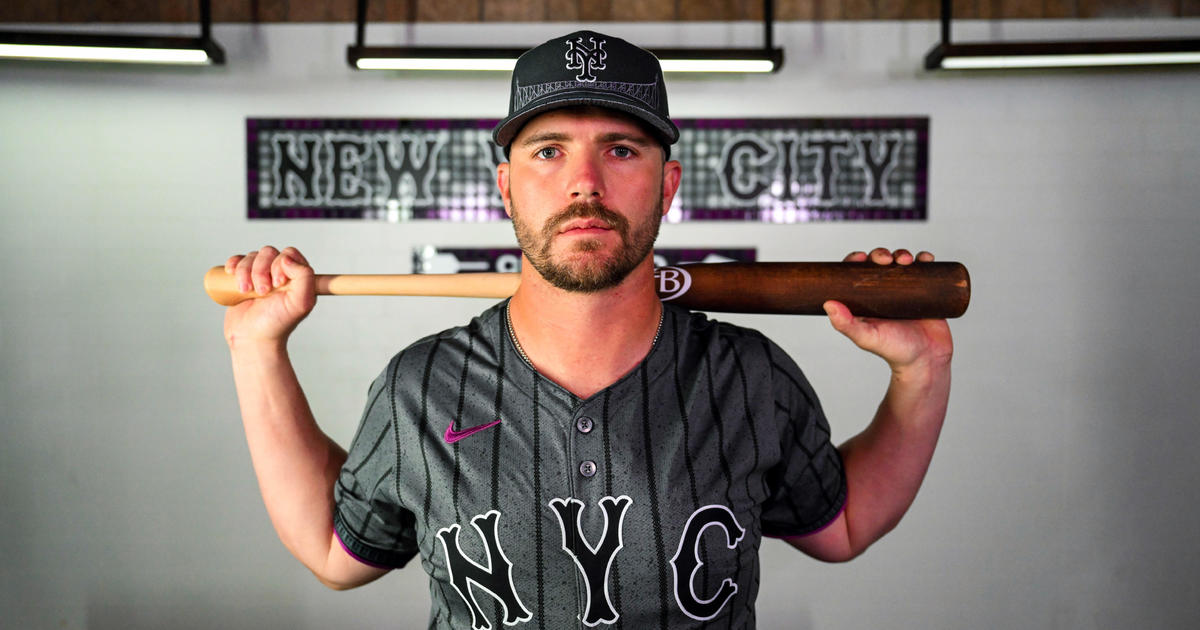Sims: Breaking Down Ruben Tejada's Quad Strain
By Abby Sims
» More Columns
At least for now, the Mets' slumping Ruben Tejada avoided a trip to Triple-A via a detour to the DL courtesy of a right quad strain. It is the same quad that caused him to miss a good deal of time last season, though the player commented that he believes this one is much less severe.
He'd better hope so.
The quadriceps is a muscle group in the anterior (front of the) thigh that is comprised of four individual muscles, hence the prefix quad. The primary action of the quadriceps is to extend the knee, and because one of the four muscles in the group also crosses the front of the hip, it also acts as a complement to the hip flexors.
Other parts of the extensor mechanism of the knee include: the quadriceps tendon, which attaches the quads to the patella (kneecap); the patellar tendon, which provides a connection between the patella and the tibia (the larger bone of the lower leg); and ligaments and other soft tissues that help stabilize the patella.
Muscle strains - which are really tears in the tissue - range from a mild stretch at Grade 1 involving minimal disruption, to complete ruptures, or Grade 3 strains.
Strain injuries occur for two primary reasons:
1. Demand on a muscle/tendon unit that exceeds the capacity of the tissue – as when working against excessive resistance or continuing to exert a significant force beyond the fatigue point of the muscle. This is why we work to fatigue but not exhaustion or failure when we weight train.
2. When a muscle/tendon unit is placed on excessive stretch, particularly an issue with a quick stretch that occurs frequently in sports when players reach, dive or stretch out to make a play.
Another type of quad injury with symptoms similar to a strain is a muscle contusion, or bruise, which involves a direct blow to the area.
Quad strains are most likely to occur in athletics because of the intensity of sudden and forceful eccentric contractions of the muscle rather than because of excessive stretch.
However, we hear of hamstring strains so much more often than quad strains in baseball. The hamstrings are comprised of three muscles in the back of the thigh, all of which cross the back of the knee joint in addition to spanning the hip. They act to either bend the knee or extend the hip and are put on full stretch in sports more often than the quads. First basemen, in particular, have to have flexible hamstrings as they reach with a free foot to make plays while anchoring the other foot on the base.
We've seen many athletes with recurrent strain issues at a particular muscle. Once the area has suffered an injury, it may be more vulnerable, particularly if not allowed to heal sufficiently before return to play.
Tejada has undoubtedly learned this from experience.
Follow ortho/sports physical therapist and injury expert Abby Sims on Twitter @abcsims
You May Also Be Interested In These Stories



